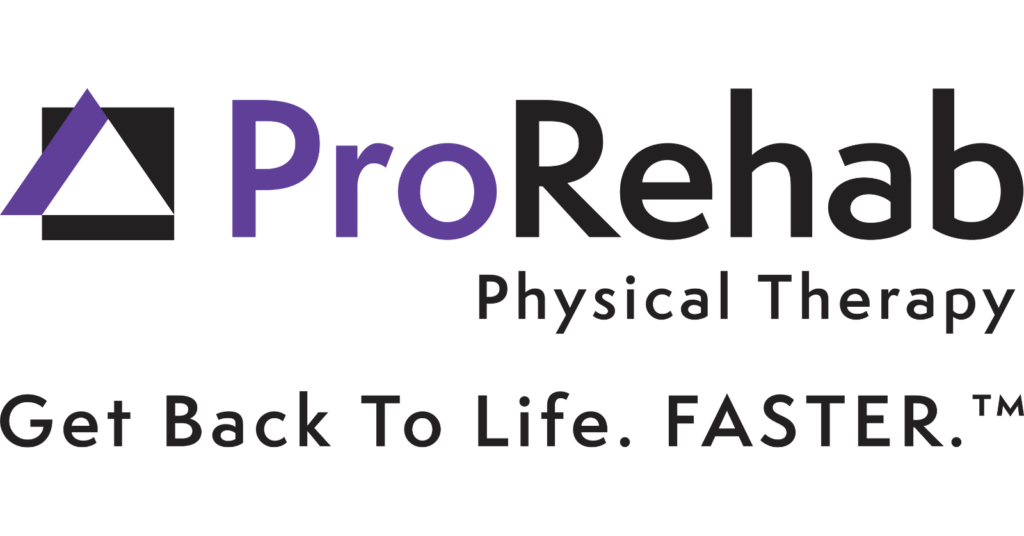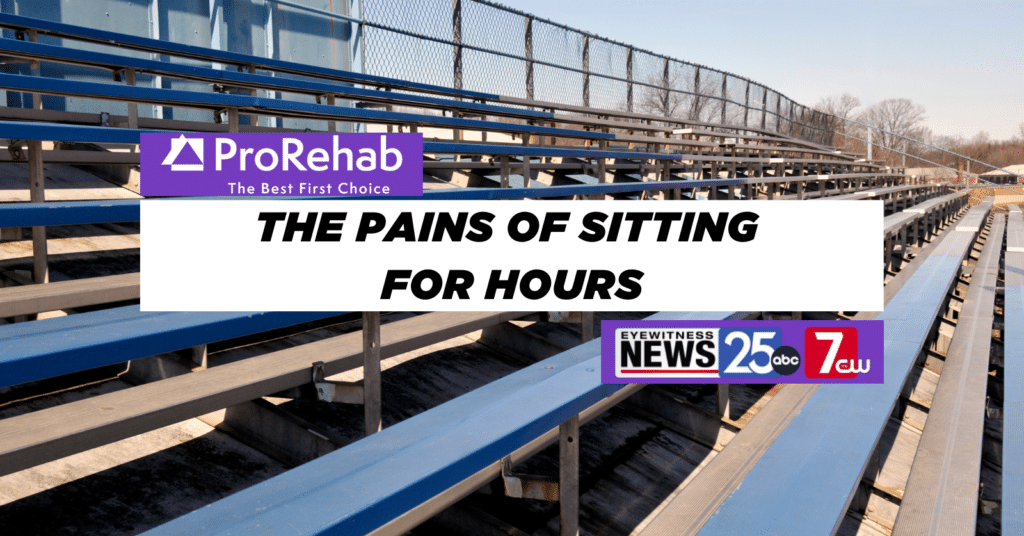Can Physical Therapy Reduce Opioid Use?
Chronic pain is one of the large scale health crises facing countless people, and there are very few options for effective treatment. People who experience chronic pain often do not have an injury but instead have nerves that are firing when they shouldn’t be. This creates a sometimes intensely painful sensation in the absence of any obvious tissue damage. Because there is nothing causing the pain, there is no obvious way to treat chronic pain. Opioid medication can offer short term relief by blocking the painful sensations as they travel to the brain, but the pain returns as soon as the medication runs out. Due to the chemical nature of opioids, they can be extremely habit forming, which also means that they become less effective the longer they are used. Because of these things, opioid medication is a short term, risky, and expensive way to treat chronic pain. There are many potential alternative treatments, and physical therapy for chronic pain is one of the common options. Physical therapists believe that movement is medicine, which means that exercise and other PT treatments can help relieve chronic pain and help patients return to a functional and full life.
A Viable Option for Pain Management
According to the CDC, opioids can be appropriately used to manage certain types of pain related to cancer treatment, surgery, and palliative care. For other situations such as chronic pain or long term recovery processes, it is recommended that physicians prescribe other safer options first to help patients manage their pain. These guidelines protect patients from the risks of opioid dependence and addiction while still offering suggestions to help manage their discomfort. Physical therapy is a great way to alleviate pain in a sustainable way that may have longer-lasting effects than taking opioid medication. Physical therapists can provide exercise and weight loss programs and may drastically reduce or eliminate chronic pain. Other potential non-opioid treatments for chronic pain include cognitive behavioral therapy, and less harmful pain medications like over the counter anti-inflammatory drugs. Depending on your symptoms, seeking out one or all of these options may be a much better alternative that keeps you active and pain free without the added expense and behavioral dangers of long term opioid use.
Treating Chronic Pain
Since it’s hard to pinpoint the cause of chronic pain, it is often difficult or impossible for many physicians to identify an appropriate solution. The risks of opioids outweigh the rewards in terms of addiction, overdose, and costs to individuals and to the healthcare system as a whole. The impacts of chronic pain on a person’s mental health and social activities and relationship can also be devastating. When looking for a treatment for chronic pain, it’s important to look for something that can address a person’s need holistically, including their social activities and the psychological effects of experiencing long-term pain.
Find Out If Physical Therapy Is Right For You
Schedule an appointment with a licensed physical therapist to help recover from your chronic pain through hands-on manual therapy.
How A Physical Therapist Can Help
Chronic pain can be resistant to treatment and struggling with pain for a long time with no relief can cause you to feel helpless. One goal of physical therapy is to increase your self efficacy in managing your symptoms without relying on external sources like a physician or a certain medication. The good news is that physical therapy can help! Physical therapists have a variety of strategies they use to help people with chronic pain including movement and exercise programs, as well as various pain relieving modalities. Exercise can reduce pain by stimulating blood flow to the painful area, and re-educating the body on correct muscle activation and body mechanics. Physical activity is also an essential part of preventing the pain from getting worse, since long term inactivity can increase pain and lead to decreased independence and function. Your physical therapist can explain how pain works, and help you understand the different ways that the body can incorrectly perceive that something is wrong when it isn’t. Understanding the reason behind your chronic pain can give you a sense of power and agency, and may give you a better idea of how to manage your symptoms. Physical therapists can also use counter-irritants to decrease pain by lowering the intensity of the painful nerve signals on their way to the brain. Things like transcutaneous electrical nerve stimulation, heat, and cold therapy can distract the nervous system which leads to a decrease in perceived pain. Although these can be effective treatments, the thing that will help you the most is to continue living an active lifestyle. Your physical therapist can help you design an activity plan that works for you, and may include gentle exercise, yoga, tai chi, pilates, or many other strategies. We understand that chronic pain is debilitating and discouraging and we want to help you return to a happy and pain-free life.



